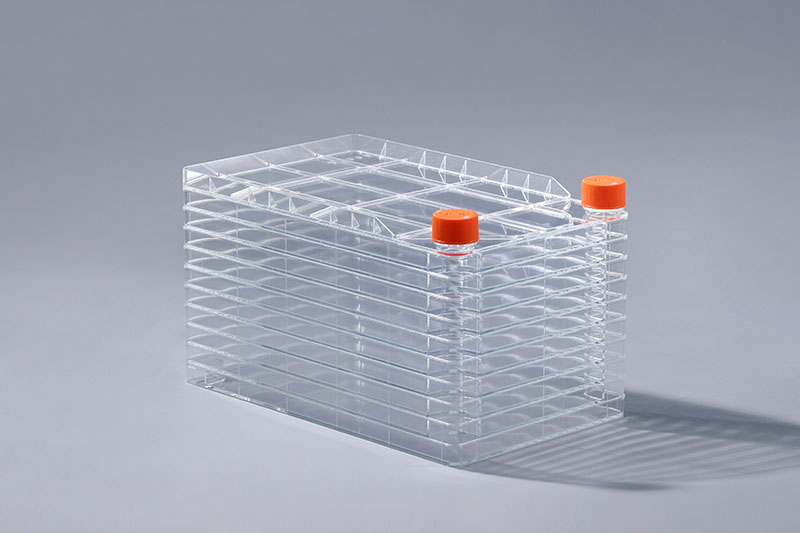細胞汚染とは、細胞培養環境に混入して有害な成分を生成し、細胞の不純物を引き起こす異物を指します。 細胞工場で細胞を培養する場合、多くの一般的な汚染がありますが、その中で化学汚染は非常に重要で一般的なタイプです。
培養環境の多くの化学物質は細胞の汚染を引き起こす可能性があります。また、これらの化学物質は常に細胞増殖を阻害するわけではありません。ホルモンなどの一部の物質は細胞工場で細胞増殖を促進する可能性がありますが、未精製の物質、培地、水、血清、増殖補因子、および試薬を保管するための容器はすべて化学汚染の原因となる可能性があります。
1。アミノ酸などの細胞培養に不可欠な栄養素も、濃度が適切な範囲を超えると細胞に毒性があります。
2。細胞株が異なれば、最適な培養条件下での血清とバッファーの要件も異なります。これは、培養中に厳密に制御する必要があります。
3。最も一般的な化学的汚染は、ガラスの洗浄プロセスで残っている残留変性剤または石鹸(通常はボトルキャップの内面)です。
4。水は凝固時に膨潤する唯一の化合物であるため、細胞を凍結保存するための容器を選択する際には、この要因を考慮に入れる必要があります。
5。金属イオン、有機分子、細胞内毒素、その他の物質による水の汚染を避けるために、液体の調製や容器の洗浄には、不純物のない超純水を使用する必要があります。
6。動物の血清は細胞培養で一般的に使用される天然培地ですが、血清は生物学的および化学的汚染の潜在的な原因です。異なる細胞に対する血清の成長促進能力および毒性および副作用は、これらの細胞の分化機能、組織源、および培地の組成などの要因に依存します。一連の実験を行う場合、実験の再現性を確保するために、同じバッチの血清を使用するのが最善です。
上記は、細胞工場で細胞を培養する際の一般的な化学的汚染です。さらに、培地と試薬を正しく準備して保管することも非常に重要です。液量計算エラーや類似化合物の混合などのエラーを回避するために、標準的な操作手順を実行する必要があります。細胞培養実験でこれらの要因を制御することで、汚染の可能性を減らし、実験プロセスをスピードアップすることができます。
The FAI climbed 5.9 percent year-on-year in the first 11 months of 2018, quickening from the 5.7-percent growth in Jan-Oct, the National Bureau of Statistics (NBS) said Friday in an online statement.
The key indicator of investment, dubbed a major growth driver, hit the bottom in August and has since started to rebound steadily.
In the face of emerging economic challenges home and abroad, China has stepped up efforts to stabilize investment, in particular rolling out measures to motivate private investors and channel funds into infrastructure.
Friday's data showed private investment, accounting for more than 60 percent of the total FAI, expanded by a brisk 8.7 percent.
NBS spokesperson Mao Shengyong said funds into weak economic links registered rapid increases as investment in environmental protection and agriculture jumped 42 percent and 12.5 percent respectively, much faster than the average.
In breakdown, investment in high-tech and equipment manufacturing remained vigorous with 16.1-percent and 11.6-percent increases respectively in the first 11 months. Infrastructure investment gained 3.7 percent, staying flat. Investment in property development rose 9.7 percent, also unchanged.
 English
English



















































